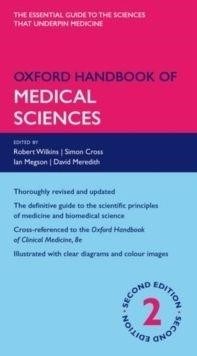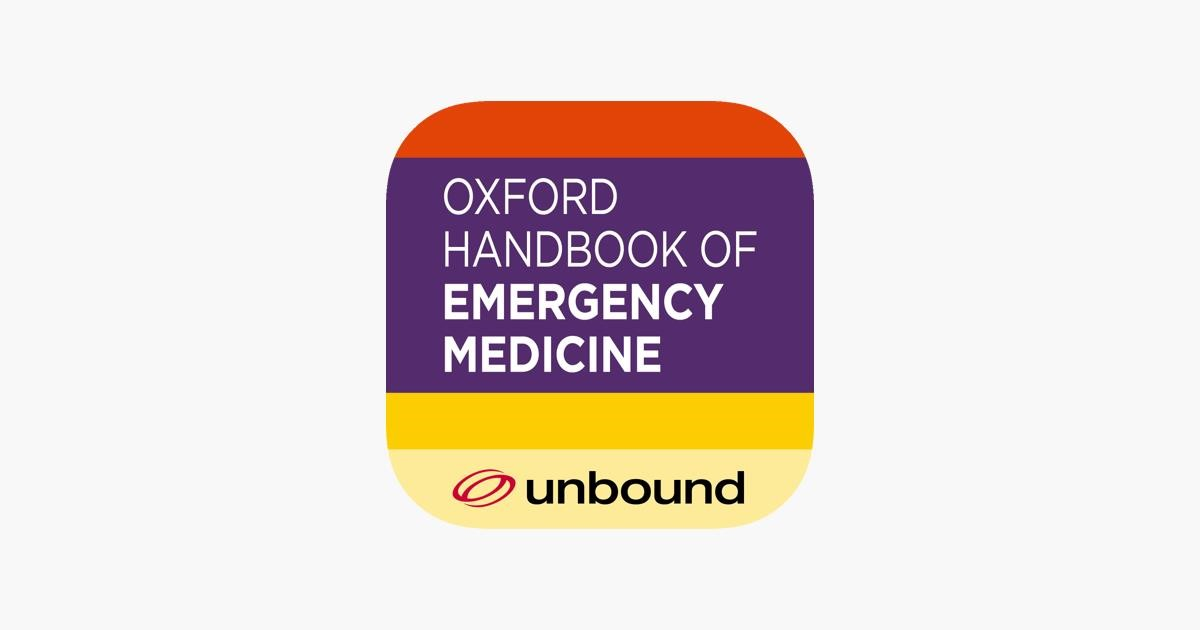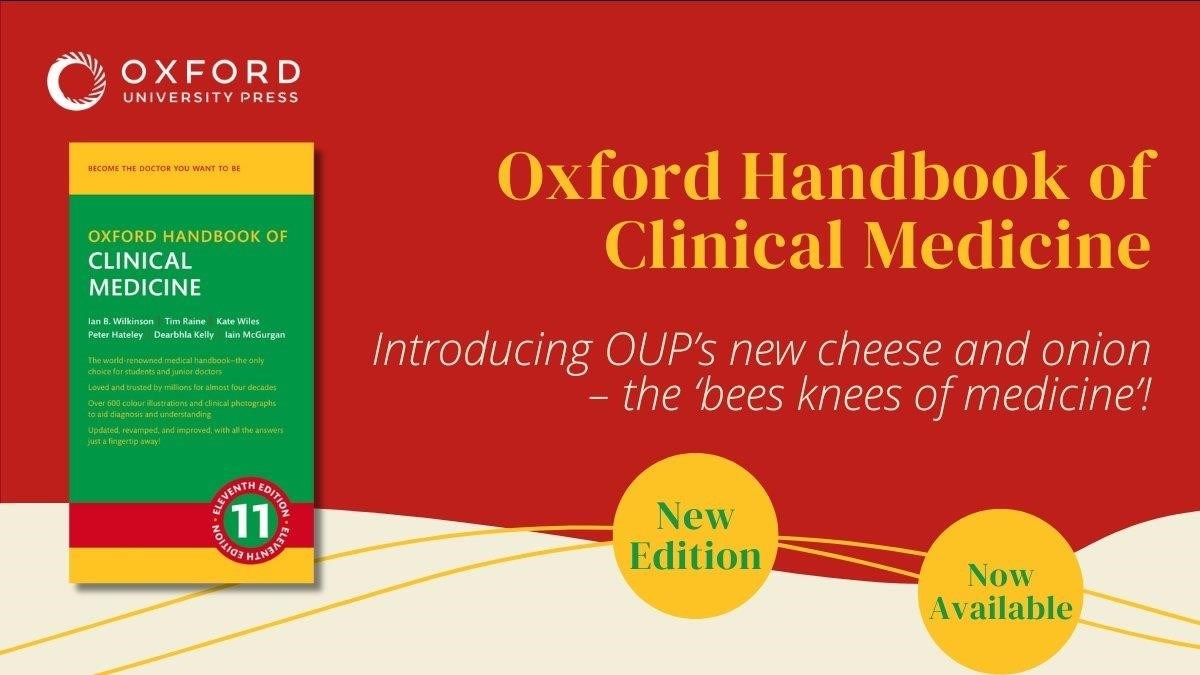Oxford Handbook of Clinical Medicine PDF⁚ A Comprehensive Guide
This renowned medical handbook offers a concise yet complete guide to core medical areas. Its clear presentation aids revision and practical ward application. Trusted advice on procedures, timing, and techniques is enhanced by clinical visuals. It’s a popular choice for students and professionals alike.
The Oxford Handbook of Clinical Medicine stands as a cornerstone resource within the medical field, celebrated for its comprehensive yet concise approach to essential medical knowledge. Unlike many textbooks that delve into exhaustive detail, this handbook prioritizes clarity and practicality, making it an ideal companion for both students navigating the complexities of medical training and seasoned professionals seeking a quick, reliable reference. Its unique strength lies in its ability to bridge the gap between theoretical understanding and practical application, equipping readers with the knowledge and confidence to handle diverse clinical scenarios effectively. The handbook’s enduring popularity stems from its user-friendly format, readily digestible information, and its focus on delivering crucial information with exceptional clarity and accuracy. It’s a testament to its enduring value that it remains a sought-after resource across multiple editions, continually updated to reflect advancements in medical understanding and best practices.
Accessibility and Download Options⁚ Where to Find the PDF
Accessing the Oxford Handbook of Clinical Medicine in PDF format requires careful consideration of legal and ethical implications. While various online sources may offer downloads, it’s crucial to ensure the legality and security of the source to avoid copyright infringement or malware. Reputable academic institutions and online bookstores often provide legitimate digital access to the handbook, potentially through subscription services or direct purchase. These official channels guarantee a safe and legal download of the latest edition, ensuring you have access to up-to-date medical information. Be wary of unofficial websites offering free downloads, as these may contain outdated versions or compromised files. Always prioritize secure and verified sources to protect both your device and your access to accurate medical knowledge. Remember that unauthorized distribution or sharing of copyrighted material is illegal.
Editions and Updates⁚ Exploring Different Versions
The Oxford Handbook of Clinical Medicine boasts a history of regular updates, reflecting advancements in medical knowledge and practice. Each new edition incorporates the latest research findings, revised guidelines, and updated treatment protocols. This ensures the handbook remains a current and reliable resource for medical professionals and students. While older editions might still offer valuable information, accessing the most recent version is crucial for staying abreast of current best practices. The availability of different editions might vary depending on the platform; some sources may only offer specific editions, while others may provide access to multiple versions. Checking the publication date is essential to determine the edition’s currency. Newer editions typically include revised chapters, added content reflecting new medical breakthroughs, and refined organizational structures for enhanced accessibility. Therefore, determining which edition best fits your needs depends on the specific information and level of currency required.
Content and Structure⁚ Key Features and Chapters
The Oxford Handbook of Clinical Medicine is structured to provide a logical flow of information, facilitating quick access to essential details. Its comprehensive content covers a broad spectrum of medical specialties, offering in-depth information on various clinical conditions. Key features include concise yet detailed explanations, numerous tables and illustrations for easy comprehension, and algorithms to aid in clinical decision-making. The handbook’s organization often involves a systematic approach, starting with fundamental principles and progressing to more complex topics. The inclusion of clinical photographs and diagrams enhances understanding by providing visual aids to complement the textual descriptions. Chapters are typically organized thematically, allowing users to easily locate relevant information within a specific area of medicine. Cross-referencing between chapters enables a holistic approach to understanding interconnected medical concepts, enhancing the learning experience. This structured approach is intended to provide a user-friendly experience, allowing quick retrieval of essential medical data in various clinical settings.

Target Audience⁚ Who Should Use This Resource?
The Oxford Handbook of Clinical Medicine serves a diverse range of medical professionals and students. Medical students find it invaluable for its concise yet comprehensive coverage of core medical subjects, aiding in exam preparation and clinical understanding. Junior doctors utilize it as a quick reference guide during ward rounds and patient consultations, facilitating rapid access to essential information. Practicing physicians, including general practitioners and specialists, benefit from its readily accessible format for efficient information retrieval in busy clinical settings. The handbook’s clear presentation and practical advice make it suitable for those requiring a reliable and portable resource for everyday clinical practice. Furthermore, its structured approach aids both experienced clinicians and those in training alike. The handbook’s emphasis on clinical decision-making makes it particularly useful for those needing a quick and effective resource for critical thinking in patient care. Its accessibility and comprehensive nature contribute to its widespread use across various medical disciplines and experience levels.
Key Strengths⁚ Why It’s a Popular Choice
The Oxford Handbook of Clinical Medicine’s enduring popularity stems from several key strengths. Its concise and well-organized format allows for rapid information retrieval, a crucial advantage in fast-paced clinical environments. The handbook’s emphasis on practical application, providing clear guidance on procedures and decision-making, is highly valued by both students and experienced professionals. The inclusion of clinical photographs and diagrams enhances understanding and retention of complex medical concepts. The handbook’s reputation for accuracy and reliability makes it a trusted resource among medical practitioners. Its portability, being a compact and easily carried resource, adds to its practicality. The consistent updates and new editions ensure that the information remains current and relevant to modern medical practice. Furthermore, its user-friendly design, with clear headings and subheadings, facilitates easy navigation and efficient information access. The handbook’s focus on a holistic, patient-centered approach sets it apart, promoting a broader understanding of patient care beyond just the purely clinical aspects. This combination of features makes the Oxford Handbook of Clinical Medicine a highly sought-after resource within the medical community.
Limitations and Alternatives⁚ Considering Other Resources
While the Oxford Handbook of Clinical Medicine is a highly regarded resource, it does have certain limitations. Its concise nature, while beneficial for quick reference, may mean that some topics are not covered in as much depth as in larger textbooks. The focus on core clinical areas might leave specialists needing to consult more specialized texts for detailed information on their specific field. The reliance on concise summaries could potentially lack the nuanced detail some clinicians require for complex cases. Furthermore, the handbook’s information, while updated regularly, might not always reflect the most cutting-edge research immediately upon publication. Alternatives exist, including more comprehensive textbooks, online medical databases, and specialized journals offering in-depth analysis of specific medical areas. The choice of resource depends heavily on the user’s needs, experience level, and the specific information required. Considering the context and purpose of information-seeking is crucial when deciding between the Oxford Handbook and alternative resources. A multi-faceted approach, using multiple resources to complement each other, might be the most effective strategy for comprehensive medical knowledge acquisition.
Practical Applications⁚ How to Use the Handbook Effectively
The Oxford Handbook of Clinical Medicine’s value lies in its practical application. Its concise format makes it ideal for quick reference during ward rounds or in emergency situations, providing readily accessible summaries of key information. Students can use it for efficient revision, focusing on core concepts and essential clinical details. Practitioners will find its clear, structured approach beneficial for rapid diagnosis and treatment planning, aiding quick decision-making in time-sensitive situations. The handbook’s combination of concise text and visual aids (diagrams, clinical photographs) facilitates efficient learning and knowledge retention, especially for visual learners. To maximize its effectiveness, integrate the handbook with other resources. Don’t rely solely on it for complex cases; use it as a starting point for further research in more detailed texts or online databases. Regularly review relevant sections to keep your knowledge current. Remember, the handbook is a tool to enhance – not replace – clinical judgment and experience. Its efficient design makes it a valuable addition to any healthcare professional’s resources.
Comparison with Other Medical Handbooks⁚ A Detailed Analysis
Compared to other medical handbooks, the Oxford Handbook of Clinical Medicine distinguishes itself through its unique blend of conciseness and comprehensiveness. While some competitors prioritize breadth over depth, potentially overwhelming users with excessive detail, the Oxford Handbook maintains a focused approach, prioritizing essential information for efficient access. This focus on practicality makes it superior for quick reference during busy clinical rounds or emergency situations. Unlike some broader texts, which might lack visual aids, the Oxford Handbook cleverly integrates clinical photographs and diagrams to enhance understanding and knowledge retention. While other handbooks may excel in specific niches or specialities, the Oxford Handbook provides a solid foundation across core medical areas, making it a versatile tool for students and practitioners alike. Its emphasis on a patient-centered approach sets it apart, encouraging a more holistic perspective in clinical practice. The frequent updates ensure its content remains relevant and reflects the latest medical advancements, a crucial advantage over some less regularly revised alternatives. Ultimately, the choice between handbooks depends on individual needs and preferences, but the Oxford Handbook’s balance of conciseness, visual aids, and broad coverage makes it a strong contender.
Reviews and Testimonials⁚ User Feedback and Opinions
User feedback consistently highlights the Oxford Handbook of Clinical Medicine’s strengths. Medical students frequently praise its clear, concise writing style, making complex medical concepts easily digestible and ideal for exam preparation. Junior doctors appreciate its practicality, finding it an invaluable resource for quick reference during busy shifts. Many reviewers emphasize the handbook’s effectiveness in bridging the gap between theoretical knowledge and real-world application, particularly in its guidance on practical procedures and decision-making. The inclusion of clinical photographs and diagrams is repeatedly commended for enhancing understanding and memory retention. Experienced physicians often value the handbook’s comprehensive yet concise coverage of core medical areas, providing a reliable overview even for specialists. Positive feedback consistently points to the book’s user-friendly design, making information readily accessible under pressure. While some users suggest minor improvements or the addition of specific topics, the overwhelming consensus points to the Oxford Handbook as a highly valuable and well-regarded resource within the medical community. Its reputation for accuracy and reliability is consistently reinforced by positive testimonials.
Legal and Ethical Considerations⁚ Copyright and Usage
Accessing and using the Oxford Handbook of Clinical Medicine PDF requires adherence to copyright laws. Unauthorized distribution or reproduction of copyrighted material is illegal and unethical. Downloading PDFs from unofficial sources risks exposure to malware or accessing illegally copied versions. Respecting intellectual property rights protects authors and publishers, ensuring continued production of valuable resources like medical handbooks. Legitimate access typically involves purchasing the physical book or authorized digital versions from reputable sources such as Oxford University Press or authorized online retailers. Sharing purchased digital copies is generally a violation of terms of service, even among colleagues or students. Using the handbook ethically involves proper citation if used for academic work or presentations. Misrepresenting the source or using information without attribution is academically dishonest. Always ensure your use aligns with copyright and licensing agreements to avoid legal repercussions and maintain ethical practices within the medical community. The integrity of medical information relies on responsible usage and respect for intellectual property.
Commonly Asked Questions⁚ Addressing User Queries
Many users frequently ask about the legality of downloading free PDFs of the Oxford Handbook of Clinical Medicine. The answer is that downloading from unofficial sources is illegal and unethical. Copyright infringement is a serious issue, and users risk legal repercussions. Another common question concerns the availability of different editions. The handbook has multiple editions, and obtaining the most current version is crucial for accuracy. Users often inquire about the best way to access the handbook legally. Purchasing the physical copy or authorized digital versions through reputable channels is recommended. Questions regarding accessibility for individuals with disabilities often arise. Oxford University Press usually provides information on accessible formats upon request. The question of whether the handbook is suitable for all medical professionals is also asked. While a valuable resource for many, its suitability depends on the individual’s specific needs and level of medical expertise. Finally, users sometimes wonder about the handbook’s content compared to other similar resources. Comparisons to other medical handbooks should be made based on specific features and user reviews, rather than solely relying on free, potentially illegal, PDF downloads.

Overall Assessment and Recommendations
The Oxford Handbook of Clinical Medicine stands as a highly regarded and valuable resource within the medical field. Its concise format and clear presentation make complex medical information accessible to a wide range of users, from medical students to experienced practitioners. The handbook’s reputation for accuracy and reliability makes it a trusted companion for both learning and everyday practice. However, users should always prioritize obtaining the handbook through legitimate channels to avoid legal issues and support the creators. While readily available through authorized sellers, the temptation to access unauthorized copies exists; This practice, however, undermines the authors’ work and potentially compromises the accuracy of the information accessed. Therefore, we strongly recommend acquiring the Oxford Handbook of Clinical Medicine through official publishers or recognized distributors. Doing so ensures access to the most up-to-date information while supporting the ongoing production of this essential medical text. It’s a worthwhile investment for any serious medical professional or student.
